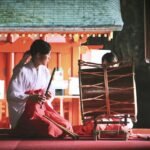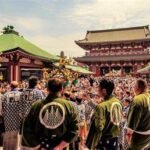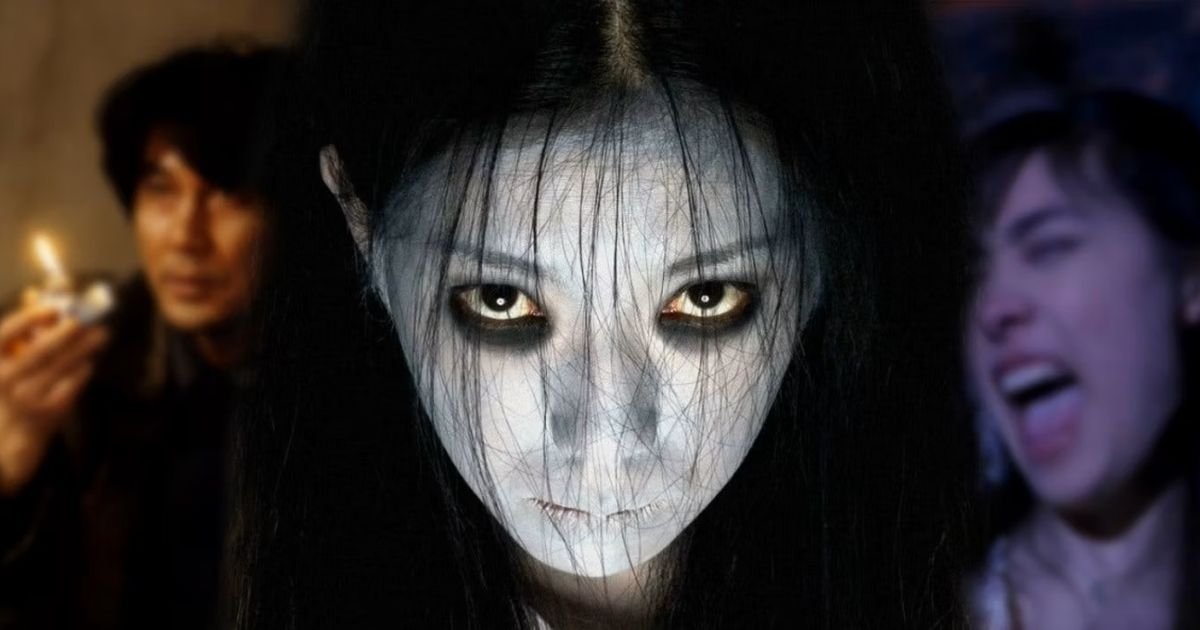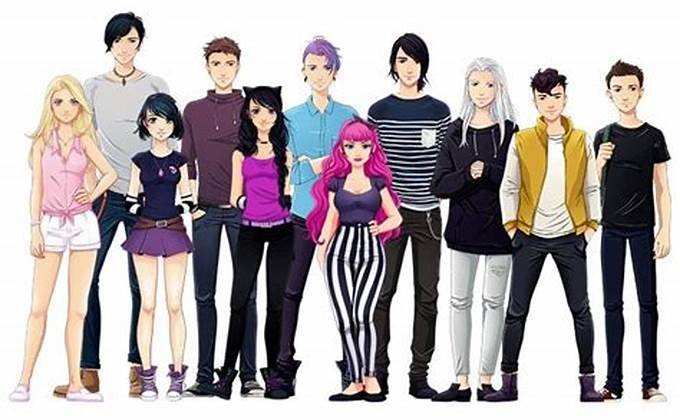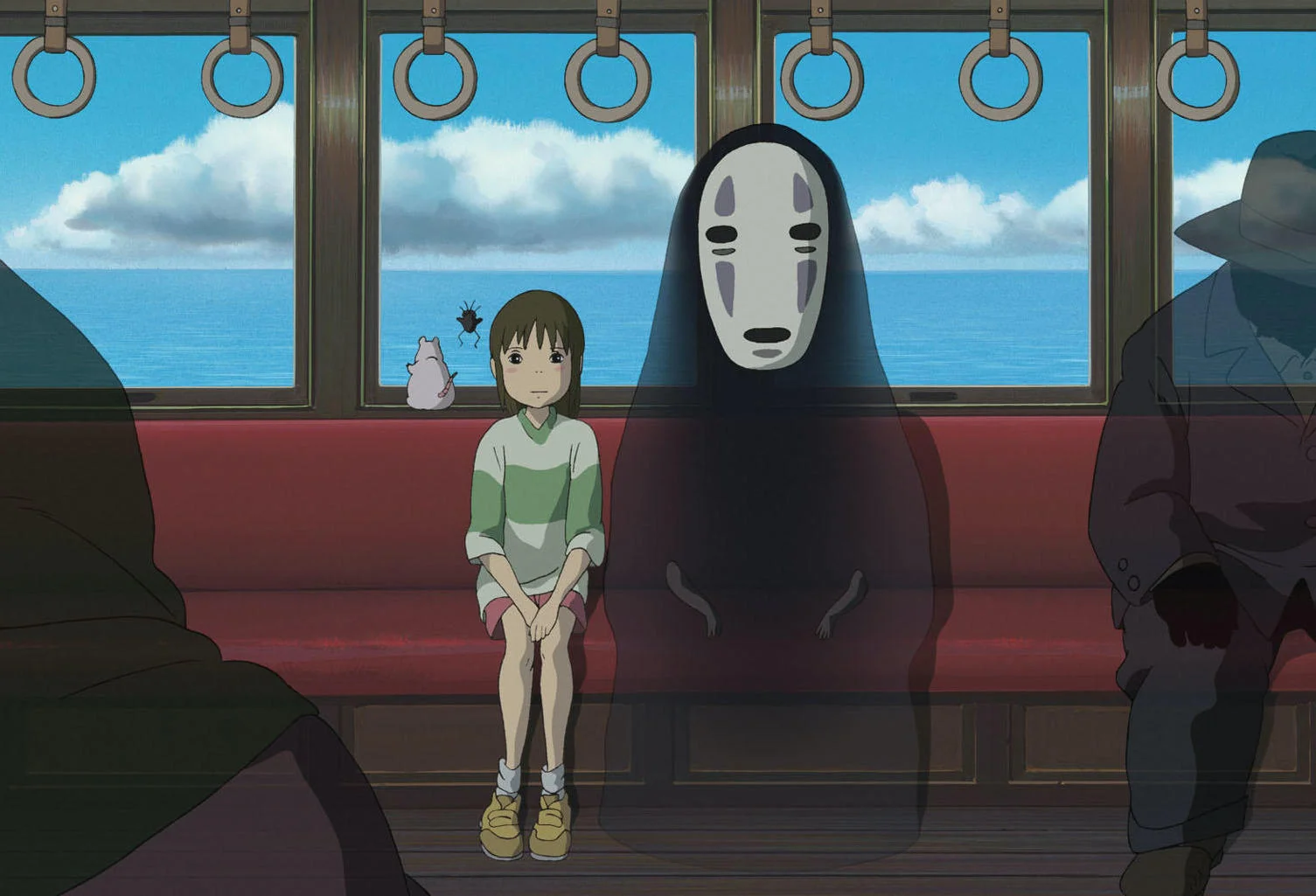Japanese horror films, known for their unique blend of psychological terror, folklore, and supernatural elements, have long captivated audiences worldwide. One of the most iconic aspects of J-horror is the recurring presence of ghosts and spirits, often rooted in traditional Japanese beliefs about the afterlife. These films not only aim to scare but also explore themes of revenge, guilt, and the human psyche, making them an integral part of Japan’s cinematic identity.
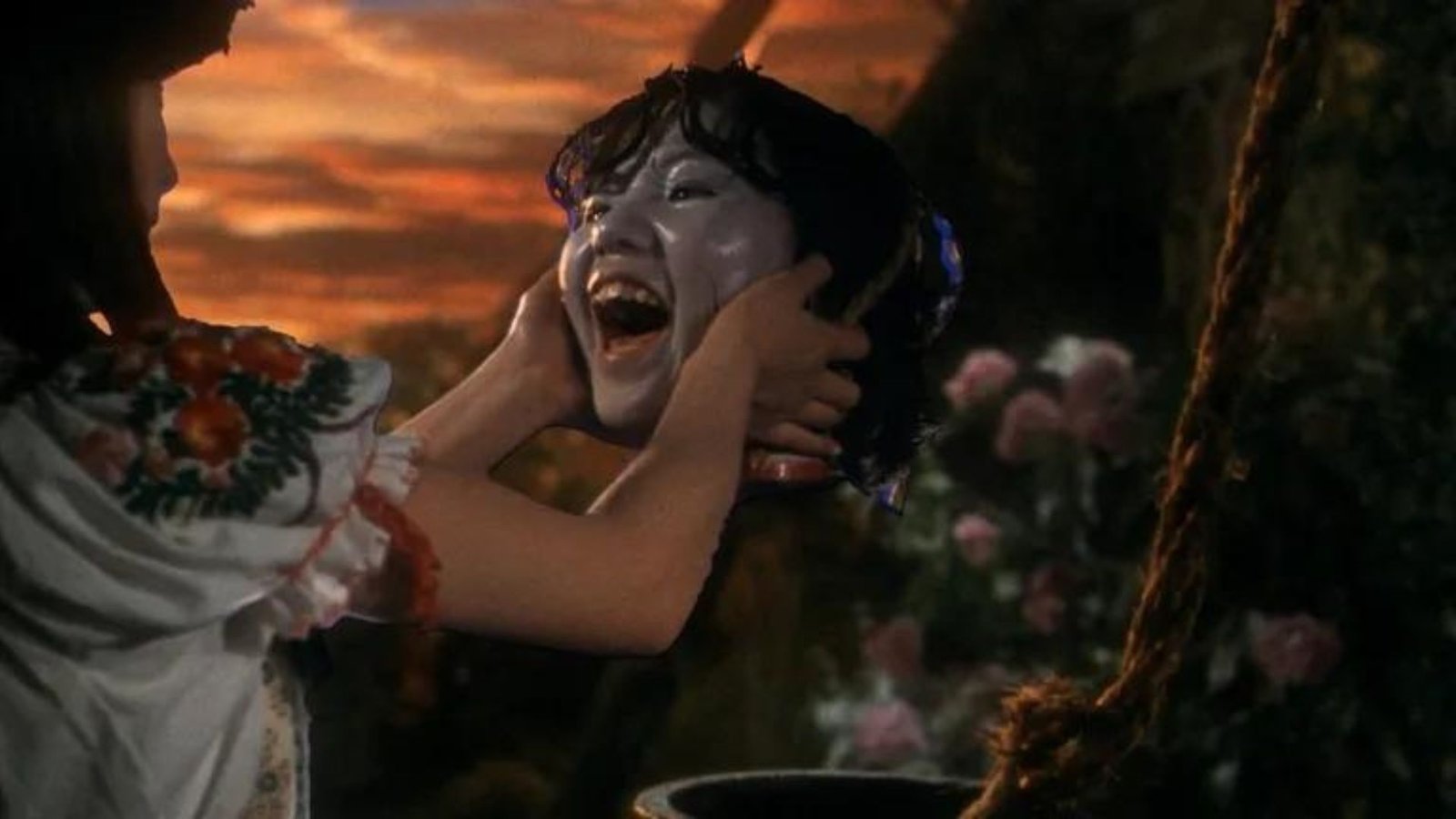
The Roots of Ghost Stories in Japanese Culture
Ghosts, or yūrei, have been a significant part of Japanese folklore for centuries. Traditionally, they are the spirits of those who have died with unresolved emotions, especially anger or sadness. These spirits often seek vengeance, haunting the living until they find peace.
Influence on Japanese Horror Films:
This cultural belief in spirits seeking revenge is evident in many iconic Japanese horror films. The concept of the onryō—a vengeful spirit—is at the heart of classics like Ringu (1998) and Ju-On: The Grudge (2002). These films tap into the fear of unresolved emotional trauma, with spirits manifesting as terrifying apparitions.
The Psychological Depth of Japanese Ghosts
Unlike Western horror, which often focuses on physical threats, Japanese horror delves deep into psychological terror. Ghosts in Japanese films are not merely figures meant to scare; they often symbolize deeper societal fears, such as isolation, family breakdown, and existential dread.
Examples in Cinema:
In Ringu, the ghost of Sadako represents repressed anger and the consequences of neglect. Her story, while terrifying, also speaks to the pain of being ostracized and forgotten by society. Similarly, Dark Water (2002) uses the haunting presence of a drowned girl to explore themes of maternal guilt and abandonment.
Ghosts as Metaphors for Social Anxiety
Japanese horror films frequently use ghosts to address societal issues. The spirits often serve as metaphors for feelings of guilt, regret, or the impact of societal pressures. These themes resonate deeply with Japanese audiences, where social expectations are often high, and emotional expression is sometimes suppressed.
Example:
Pulse (2001), directed by Kiyoshi Kurosawa, explores the fear of isolation in an increasingly digital world. The ghosts in the film emerge through technology, symbolizing how the internet can disconnect individuals from real human interactions, creating a haunting metaphor for modern loneliness.
Traditional Folklore and Modern Cinema
Japanese horror films often draw inspiration from traditional folklore, where ghost stories are an essential part of cultural history. The stories of yūrei are passed down through generations and adapted for modern storytelling, making these films a continuation of Japan’s deep-rooted fascination with the supernatural.
Folklore Examples:
In Kwaidan (1965), one of the most celebrated Japanese horror anthologies, director Masaki Kobayashi adapts several classic Japanese ghost stories. These tales, rooted in centuries-old folklore, emphasize the fear of the unknown and the consequences of crossing spiritual boundaries.
Visual and Stylistic Elements
Japanese horror films are also known for their distinct visual portrayal of ghosts. Often depicted as pale, with long black hair and white clothing (reminiscent of traditional funeral attire), these spirits embody both beauty and horror, creating an eerie contrast that heightens the fear factor.
Iconic Ghost Imagery:
In Ju-On: The Grudge, the ghost Kayako is characterized by her pale skin, crawling movements, and haunting death rattle. Her unsettling presence embodies the deep psychological trauma she suffered in life, which continues to haunt the living even after death.
Cultural and Global Impact
Japanese horror films have left a lasting impact not only in Japan but also globally. The rise of J-horror in the late 1990s and early 2000s, particularly with films like Ringu and Ju-On, led to a surge in Western remakes and introduced international audiences to the unique storytelling techniques of Japanese cinema.
Global Influence:
Films like The Ring (the American remake of Ringu) and The Grudge (the remake of Ju-On) brought Japanese horror to a wider audience, sparking a global interest in supernatural horror. These films retain the eerie, slow-building tension that is characteristic of Japanese horror, influencing a generation of filmmakers worldwide.
Conclusion
The rise of ghosts and spirits in Japanese horror films is deeply intertwined with the nation’s cultural beliefs, folklore, and societal anxieties. These films, which blend psychological horror with supernatural elements, have become a hallmark of Japanese cinema. They not only offer spine-chilling scares but also explore profound themes of loss, revenge, and existential fear, resonating with audiences both in Japan and around the world.


